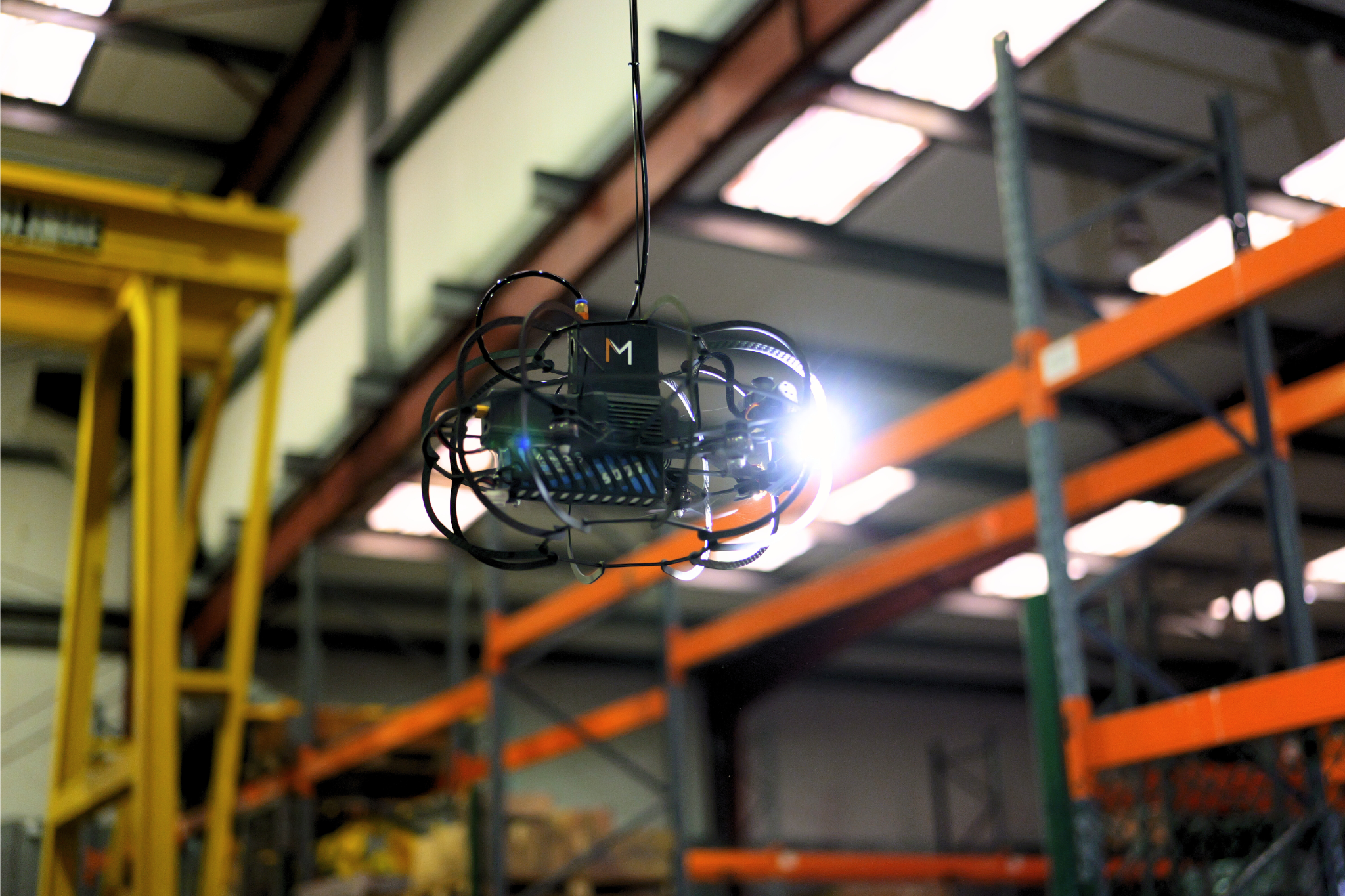The maintenance of nuclear installations is a crucial factor in ensuring plant safety, equipment performance and the long-term future of the nuclear fleet. Given the stringent regulatory requirements and the risks inherent to this industry, maintenance operations must be carried out with the utmost rigor.
Historically, these interventions have required considerable human and material resources, resulting in high costs and prolonged reactor shutdowns. Today, however, technological advances have made it possible to optimize these processes. Multinnovwith its innovative solutions such as Stereo2 and Roview2are revolutionizing nuclear inspection and maintenance by offering more efficient and cost-effective alternatives.
In this article, we will look at why nuclear maintenance is an absolute necessity, the limitations of traditional methods and how solutions from Multinnov solutions overcome these challenges.
The crucial importance of nuclear site maintenance
A highly regulated sector
The nuclear industry is based on some of the strictest safety standards in the world. Each plant is subject to regular checks and inspections by the relevant authorities, such as France'sAutorité de Sûreté Nucléaire (ASN ).
These inspections are designed to ensure :
- Plant safety by identifying and correcting potential faults.
- Protecting the environment by preventing radioactive leakage.
- Incident prevention through constant monitoring of critical equipment.
Any failure in the maintenance process can have serious consequences: unplanned reactor shutdowns, safety incidents, and even the risk of major accidents like those at Chernobyl or Fukushima.
Complex, aging facilities
France's nuclear power plants, most of which were built between 1970 and 1990, are ageing. EDF's "Grand Carénage" program is designed to extend the lifespan of its reactors, which means that maintenance efforts must be stepped up. Every component has to be inspected and replaced if necessary, to ensure that the plants continue to operate beyond their initial design life.
However, the complexity of these infrastructures makes them particularly delicate to inspect and maintain. Some equipment, such as piping or containment vessels, is difficult to access, exposing technicians to hostile environments.
The limits of traditional nuclear maintenance methods
Time-consuming and costly interventions
Traditional nuclear maintenance methods are based on :
- Shutdown of reactors for inspection (unit shutdown), resulting in substantial financial losses.
- The use of specialized personnel, subject to demanding working conditions and strict control of radiation doses.
- The use of heavy, expensive equipment, sometimes requiring specific infrastructures for deployment.
A simple check on the integrity of tanks or cooling circuits can mobilize teams for several weeks, involving considerable labor and logistical costs.
Risky working conditions
Intervention areas in nuclear power plants can be cramped, irradiated or difficult to access. Technicians often have to operate in confined environments and under strict time constraints to limit their exposure to radiation.
Risks include :
- Exposure to radiation despite protective equipment.
- Extreme working conditions (heat, humidity, confined spaces).
- Human error due to fatigue or the stress of working in contaminated areas.
In this context, automation and the use of wireless inspection robots represent a major step forward in improving the safety and efficiency of operations.
Multinnov solutions: a turning point for nuclear maintenance
4K TV inspection for fast, accurate checks
Multinnov offers advanced visual inspection solutions, with high-resolution cameras integrated into its equipment. These tools enable early detection of anomalies, without the need to dismantle structures.
- Roview2a wireless inspection robot, offers ultra-precise 4K TV inspection, even in confined spaces.
- Stereo2a carbon cage drone, can shoot in irradiated environments, thus limiting personnel exposure.
These technologies enable routine checks to be carried out without interrupting reactor operation, thus reducing production shutdown costs.
Drones and robots for confined spaces
Unlike conventional methods requiring cranes, scaffolding or human intervention in difficult environments, the drones and robots from Multinnov drones and robots are designed to move in complex environments.
The carbon cage drone Stereo2 can operate in ducts, technical tunnels or confined spaces, offering :
- Fast, non-contact inspection.
- Optimum stability thanks to an advanced navigation system.
- Reduced human intervention, limiting exposure to radiation.
Wireless inspection robots from Multinnovwireless inspection robots can roam infrastructures autonomously, sending images and data to operators in real time.
A cost-effective and efficient solution
The adoption of Multinnov solutions in nuclear maintenance offers several major advantages:
- Reduced production downtime thanks to non-intrusive inspections.
- Reduce intervention costs by limiting the number of personnel required and the use of heavy equipment.
- Improved safety by reducing human exposure to radiation.
- Optimized preventive maintenance, enabling you to anticipate repairs before a breakdown occurs.
These innovations help to modernize the management of nuclear power plants, guaranteeing their safety and performance over the long term.
Nuclear maintenance is a key element in the operation of power plants, guaranteeing their safety, performance and sustainability. However, traditional methods, while effective, are costly, complex and risky for operators.
Thanks to innovative technologies such as Stereo2 and Roview2, Multinnov provides faster, more economical and safer maintenance solutions. By integrating wireless inspection robots and drones adapted to confined spaces, it becomes possible to optimize operations while limiting production stoppages and reinforcing worker safety.
With these advances, Multinnov is positioning itself as a key player in the future of nuclear maintenance, enabling operators to manage their facilities more efficiently and sustainably.


